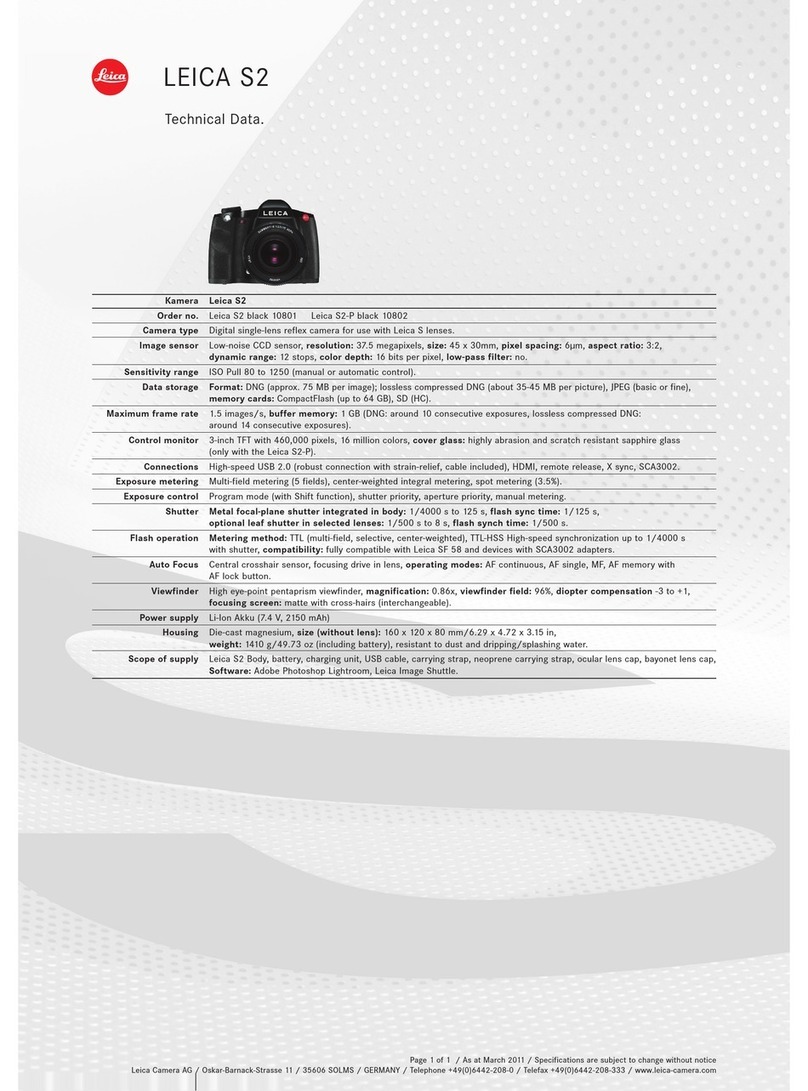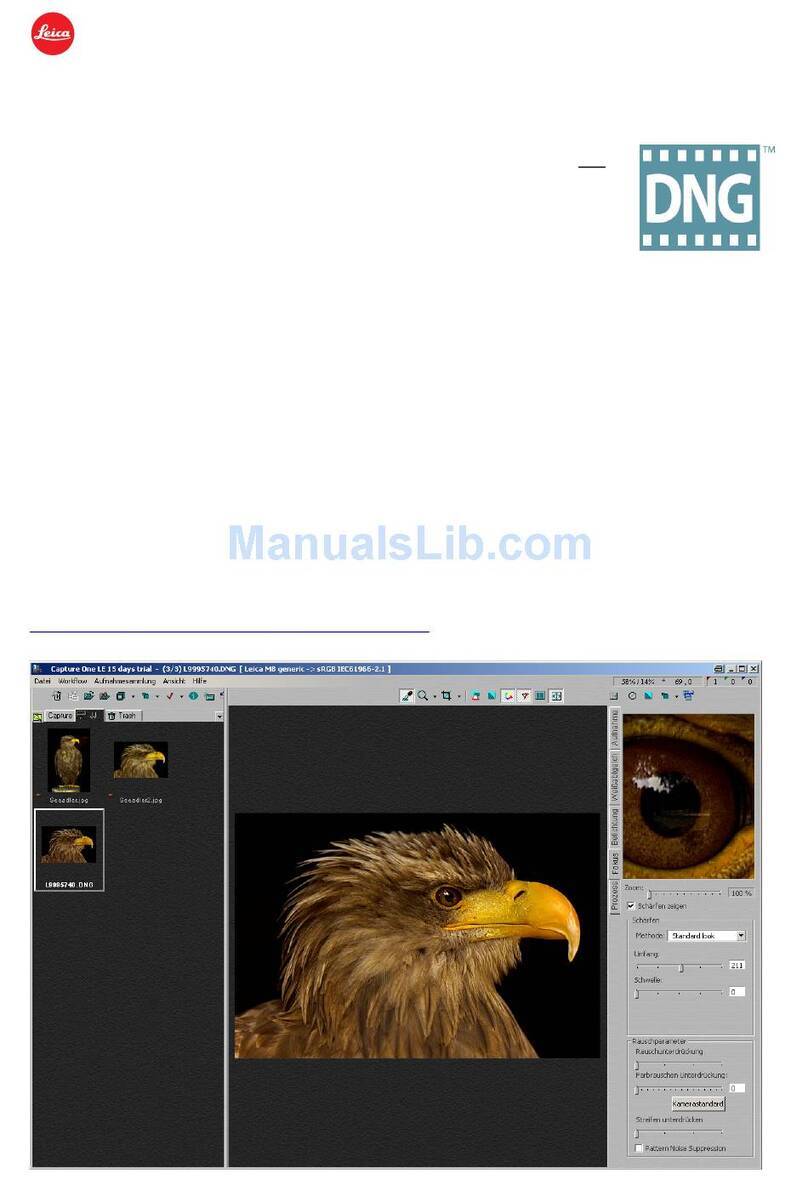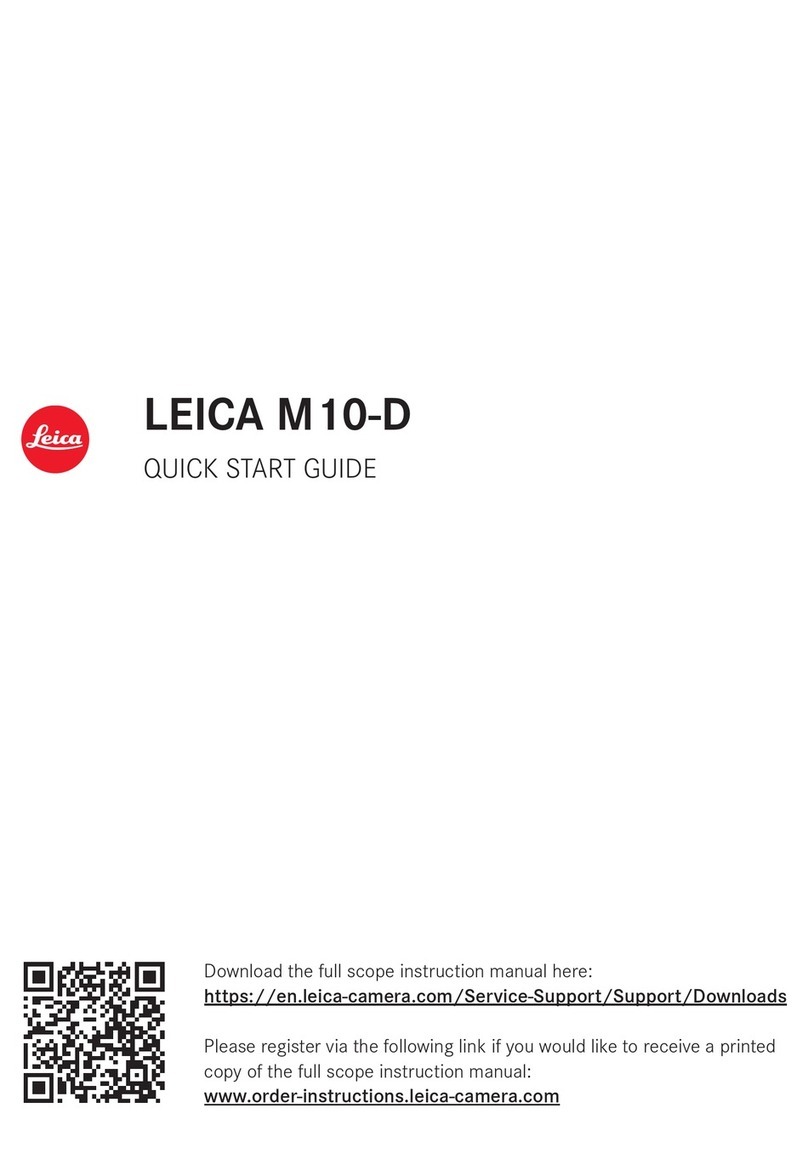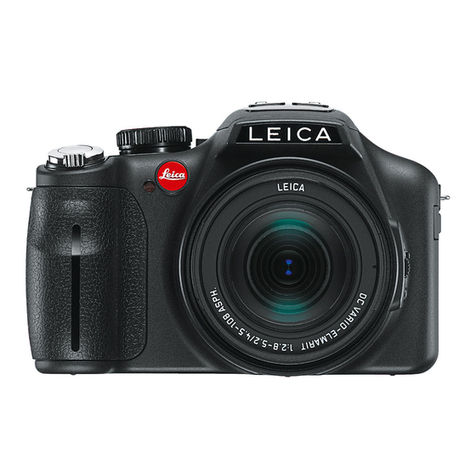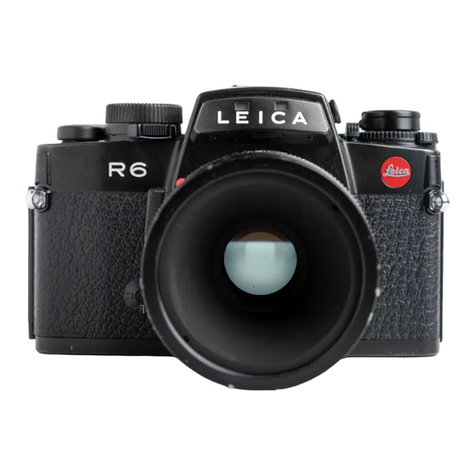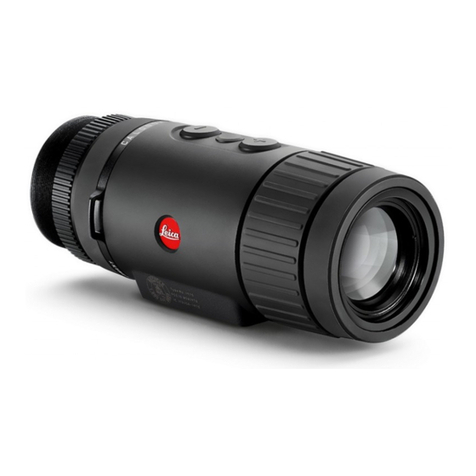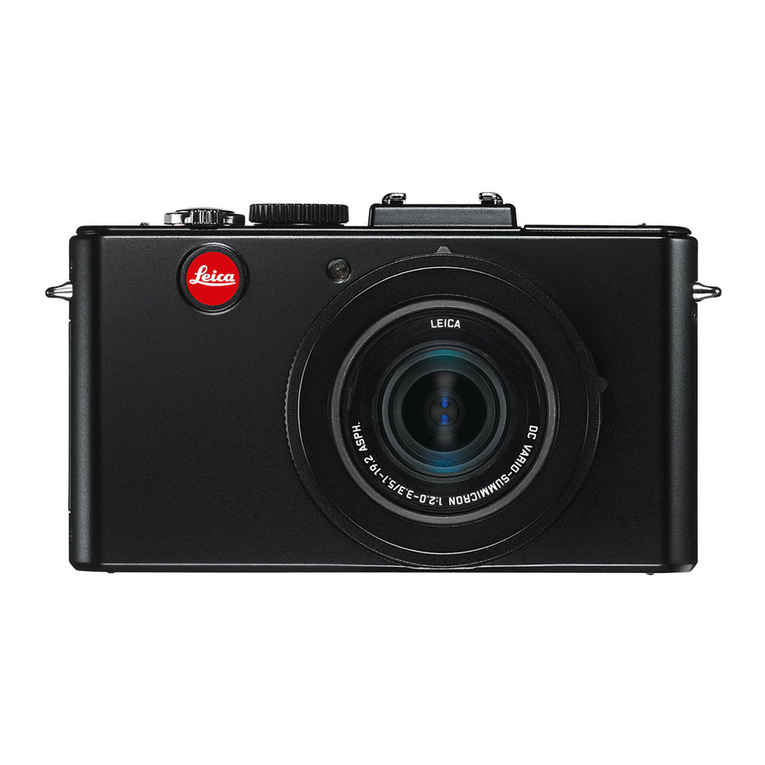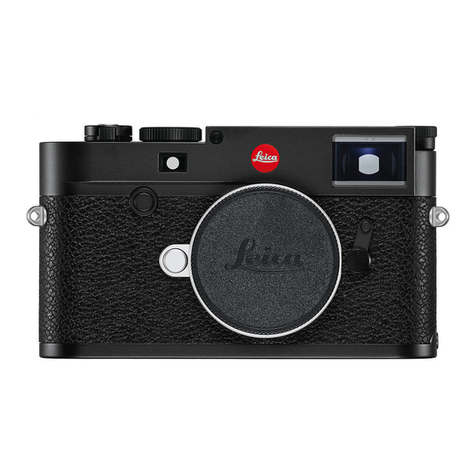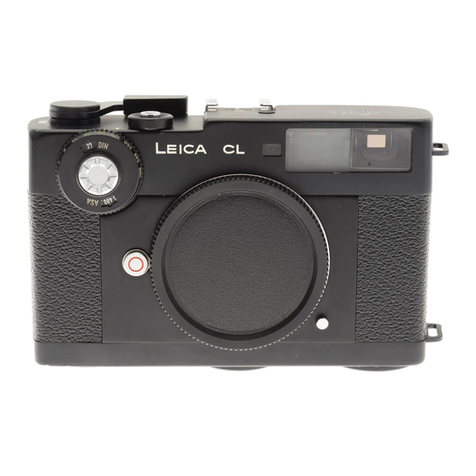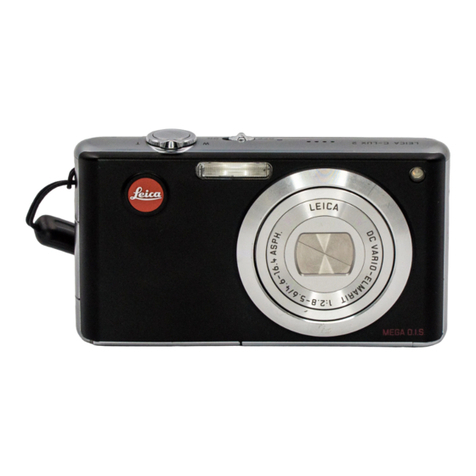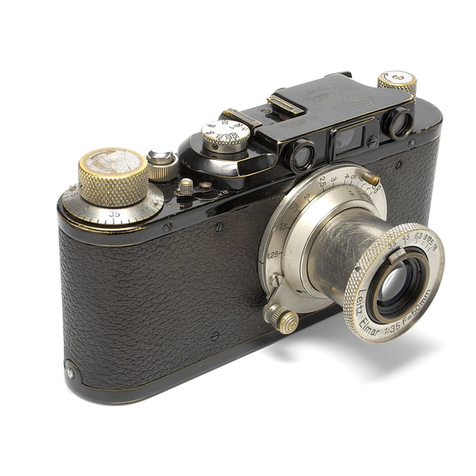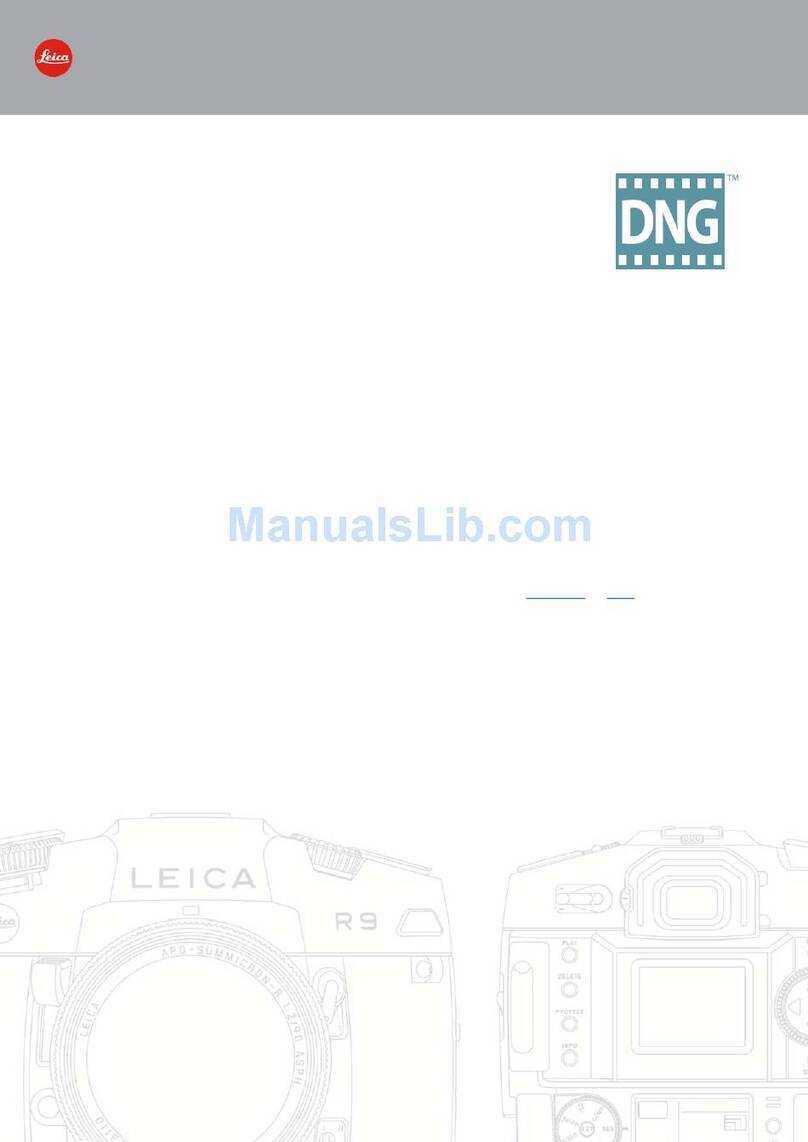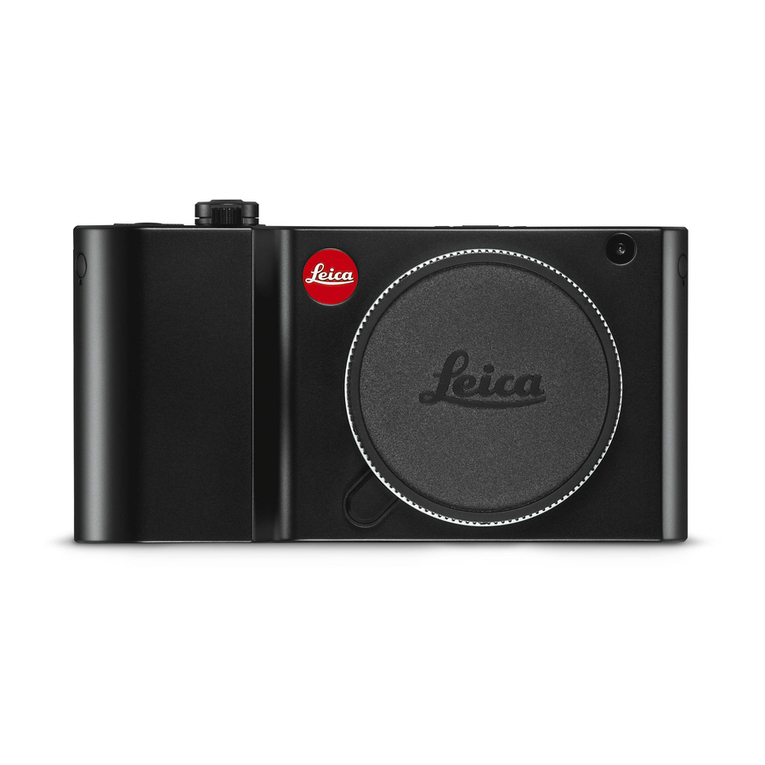132
FOREWORD
FOREWORD
Dear Customer,
We wish you a great deal of pleasure and success using your new
Leica Q. Thanks to its outstanding optical performance, the Leica
Summilux 28mm f 1.7 ASPH. lens delivers exceptional picture
quality.
With fully automatic program control, the Leica Q provides an
uncomplicated photography experience. Alternatively, you can take
over picture composition yourself at any time using the manual
settings. You can select from numerous special functions to
improve the picture quality even in critical exposure conditions.
Please read these instructions so that you can make the most of
your Leica Q's capabilities.
SCOPE OF DELIVERY
Before using your Leica Q for the first time, please check that the
accessories supplied are complete.
a. Leica BP-DC12 battery
b. Battery charger BC-DC12 with exchangeable power cords
c. USB cable
d. Carrying strap
e. Lens hood
f. Lens cap
g. Accessory shoe cover
h. Camera registration booklet with TAN for downloading Adobe®
Photoshop®Lightroom®(after registering the camera on the
Leica Camera AG website)
i. Warranty card
This product is licensed under the AVC Patent Portfolio license for
the personal use of a consumer or other uses in which the
consumer does not receive remuneration to (i) encode video in
compliance with the AVC standard (“AVC video”) and/or (ii)
decode AVC video that was encoded by a consumer engaged in a
personal activity and/or was obtained from a video provider
licensed to provide AVC video. No license is granted or shall be
implied for any other use. Additional information may be obtained
from MPEG LA, L.L.C. at HTTP://WWW.MPEGLA.COM.
Any other use, including but not limited to providing AVC video in
exchange for remuneration may require a separate license
agreement with MPEG LA, L.L.C. Additional information may be
obtained from MPEG LA, L.L.C. at HTTP://WWW.MPEGLA.COM.

